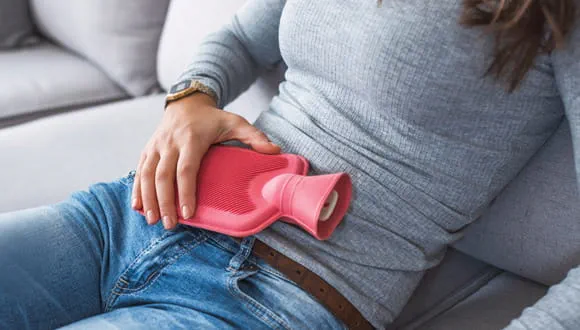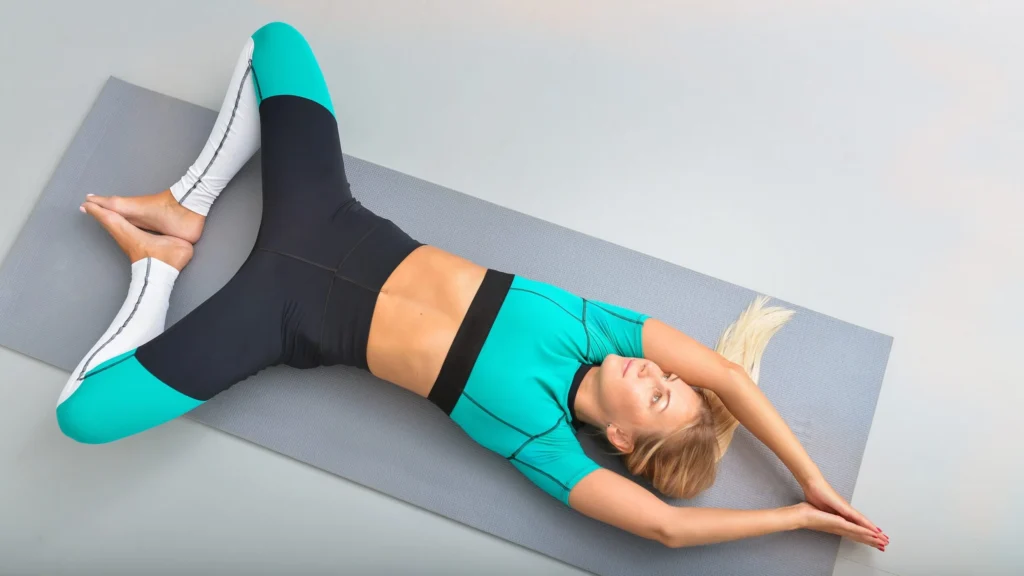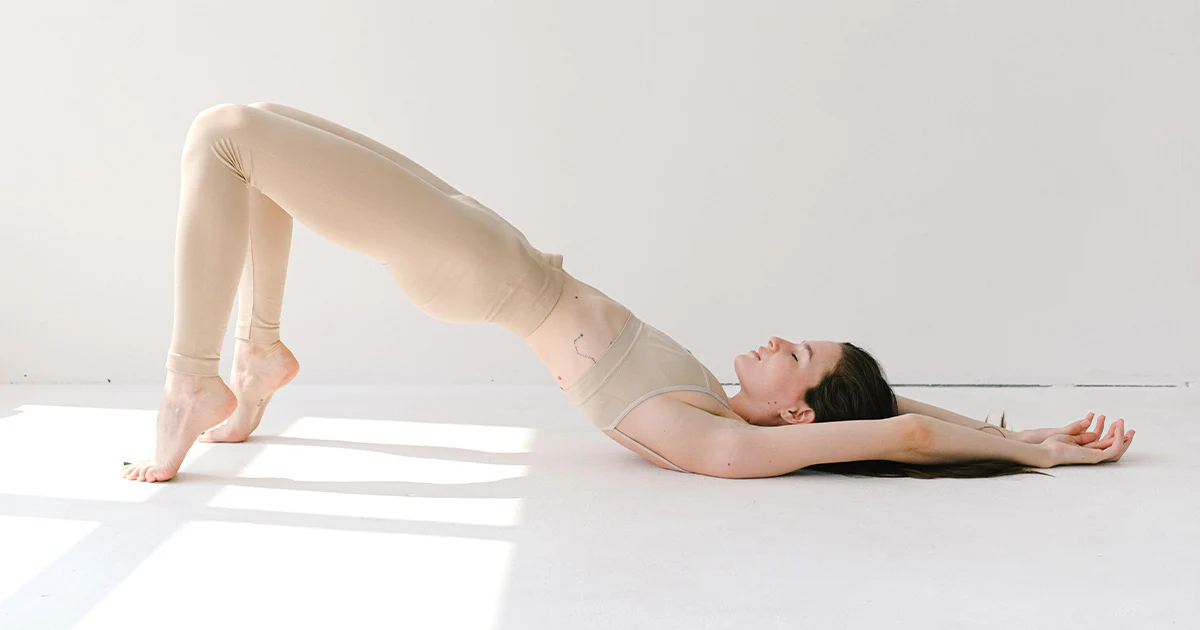Kegels are popular for strengthening the pelvic floor, maintaining pelvic health and keeping the bladder in check. However, many people wonder if Kegels can be done, and be effective while on their period.
Let’s explore what you need to know about doing kegel exercises on your periods and if they may or may not be effective.
What Are Kegels?
Kegels or kegel exercises are a form of pelvic floor exercise aimed at strengthening the muscles that support the pelvic organs, including the bladder, uterus, and rectum. It can also be seen as exercises performed by mostly women which involve tightening the muscles in the pelvic floor and releasing them. Doing kegel exercises can help in the treatment of urinary incontinence, urge incontinence and it also improves sexual function.
Can You Do Kegels On Your Period?

Doing kegel exercises during your period is common practice, and can be beneficial for many people. They are simply muscle contractions, which do not interfere with menstrual flow or pose as a threat during this time.
Recommended: Can Kegels Cause Bleeding?
Many people choose to continue their kegel routine even during their period without any issues. However, some may feel increased sensitivity or mild discomfort in the pelvic area during their period. At this point, shortening the duration of each contraction, doing fewer repetitions, or trying a more comfortable position, like lying down would be advised.
How To Do Kegel Exercise While On Your Period
Below are some simple guide to performing kegel exercise while on your period:
Choose A Comfortable Position
Begin by settling into a position that feels comfortable, especially if you are dealing with period discomfort. Lying down or sitting with back support can be helpful in this situation as it can reduce added pressure on pelvis or abdomen.
Recommended: How to Balance Hormones Naturally After Birth Control
Locate Your Pelvic Floor Muscles
In order to ensure you are doing Kegels properly, focus on contracting the muscles used to stop the flow of urine. However, you will need to be careful not to engage your thighs, abdomen, or glutes. Only your pelvic floor muscles should be activated.
Maintain Steady Breathing
Take a deep breath, then exhale as you gently tighten your pelvic floor muscles. However, you must avoid holding your breath or clenching other muscles and must keep your breathing natural.
Contract And Hold The Muscles
Tighten your pelvic floor muscles and hold the contraction for few seconds. Beginners may start with a hold of 3-5 seconds, gradually increasing up to 10 seconds as it becomes more comfortable.
Recommended: Can You Conceive Naturally After IVF Treatment?
Release And Relax
Gently release the contraction and allow yourself a moment to relax. Focus on a smooth controlled release of your pelvic floor muscles rather than letting them go all at once. Gently ease the tension as you let the muscles return to their relaxed state. Take a few breaths after the release starting the next repetition.
Repeat As Comfortable
Aim for 10-15 repetitions, once or twice a day, based on how your body feels. You can start with fewer reps if you are a beginner or if you feel extra sensitivity during period,, gradually increasing as you become more comfortable. Remember to stay hydrated, as drinking enough water can minimize any cramping or tension you might feel.

Benefits Of Doing Kegels During Menstruation
Doing kegel exercises during your period, has some benefits attached to it. They include;
Relief From Cramps And Discomfort
Kegels can boost blood circulation to the pelvic area, potentially easing mild menstrual cramps and discomfort. The gentle muscle contractions may help relax the lower abdomen, reducing tension.
Recommended: How long does it take to conceive after stopping birth control?
Enhanced Bladder Control
Menstruation sometimes bring changes in bladder sensitivity or control. By strengthening the pelvic floor, regular kegels may improve bladder function, helping manage period-related urinary urgency or leakage.
Consistency For Building strength
Continuing kegels throughout your period helps maintain regularity, which is essential for strengthening the pelvic floor over time. This consistency can enhance muscle tone, supporting better pelvic health over all.
Better Body Awareness And Relaxation

Kegels require focused contractions and relaxation of the pelvic floor muscles, increasing body awareness. This mindful engagement can help relieve stress, often felt during menstruation, fostering a calming effect.
Possible Lower Back Support
Engaging the pelvic and core muscles through kegels can indirectly support the lower back. This added stability may help reduce lower back pain, a common discomfort during menstruation.
Disadvantages Of Doing Kegel Exercise During Your Period
While kegels can generally be done during your period, there are potential disadvantages to it. These disadvantages includes:
- Performing Kegels during period may worsen cramps or cause additional pelvic discomfort.
- During menstruation, the pelvic area can be more sensitive, making Kegels feel uncomfortable and even painful.
- If using tampons or a menstrual cup, Kegels may press against these products, creating discomforts or mild pain due to extra pressure in the pelvic area.
- Menstruation usually comes with fatigue and performing kegels could strain and overwork the pelvic muscles.
Conclusion
Kegels are effective ways to strengthen the pelvic floor, providing benefits like better bladder control and potential relief from period discomfort. Performing Kegels during your period is safe, but your comfort should guide your decision. Staying consistent with Kegels can support lasting pelvic health, though it is essential to listen to your body and adjust your routine as needed.
Whether you include Kegels throughout your cycle or take occasional breaks, prioritizing what feels right will help you achieve the best results for sustained pelvic strength and wellness. If Kegels start to feel uncomfortable or trigger any cramps, it is perfectly fine to take a break and resume when you feel ready. Always focus on gentle and consistent practice rather than pushing for intensity, as regular and relaxed contractions are more beneficial for strengthening than overexerting yourself.
